Despite the unprecedented disruption caused by Covid-19, seafood – and aquaculture in particular – is ideally placed to hook more consumers

America’s seafood industry really came together in the ongoing coronavirus crisis, delegates heard at the Global Aquaculture Alliance’s GOAL 2020 conference earlier this month. With stakeholders from both the retail and foodservice sectors working collaboratively across multiple elements of the value chain, the industry was able to plug crucial gaps in the nation’s protein offering and grow the demand for fish.
For seafood businesses, the moment of truth came in March this year when the World Health Organization (WHO) announced that COVID-19 was a global pandemic. As was the case for so many industries, this coronavirus and the consequent measures to curb spiraling infection rates wreaked havoc on business. Countless ventures saw disruptions to supply chains with almost immediate effect, prices for some key products fell to all-time low levels and consumers’ food-purchasing behaviors changed completely and virtually overnight.
Beyond these initial shockwaves, though, the crisis is responsible for bringing American consumers closer to seafood. In his presentation, Spheric Research Founder Matt Craze highlighted that, quite early into the lockdown, U.S. meatpacking was disrupted by COVID-19 infections, which in turn led to some supply shortages.
This helped the seafood industry – providing the opportunity to get products in front of consumers, he said. “From that point on, we saw a huge boom in retail demand, with people starting to cook seafood from home.”
From its retailer interviews, Spheric learned that as well as increased e-commerce, common themes included increased seafood purchasing in line with consumers having more time to cook.
“This trend was largely unaided by advertising, so it was a very organic reaction to the pandemic and having more time in their lives,” Craze said.
According to the analysis, consumers were also concerned about their immune systems and saw seafood as a healthy alternative to other meats, he said, adding that sales have also been helped by the lower prices seen across many commodity products.
“Salmon has been on a multi-year trend of high prices, but the prices this year have been back at 2015 levels. This is a positive thing in the long-term, according to Mowi, as it has helped to get new customers, while Jose Ramon Gutierrez of Multiexport Foods said the challenge is for salmon farmers to produce the products that people want in this new scenario,” Craze said.
Shrimp, he added, is slightly different because prices were already low, but it’s also one of the most versatile proteins available, and people have been drawn to it in the pandemic.
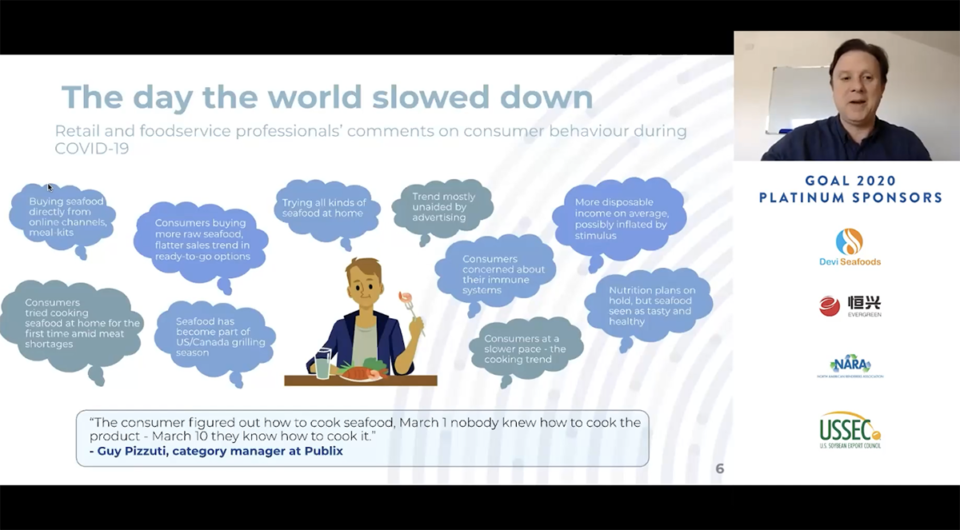
Stealing a march
When COVID-19 hit, Delhaize America’s customers were looking for any kind of protein that they could find on the shelves, said the retailer’s seafood category manager Josanna Busby.
“The immediate impact in our stores was in the beef, pork and poultry commodities, which were very limited in supply at the start of the pandemic. At that point in time, people were looking for protein so they were more willing to try seafood as an option,” she said.
The frozen fish category was the biggest winner, with customers feeling that it was the “safer” choice – furthermore, with restaurants closed, those customers that included seafood in their weekly meals needed to find a different place to get their fish from, she added.
“They responded really well to the seafood in our stores, and we were able to look at different ways to bring new options in for them,” she said. “We’ve really looked outside of the box in terms of what we could sell with the increased demand for seafood. Maybe a year ago, we wouldn’t have been as open to in trying a new species that hadn’t been proven in the restaurant industry first, but we became more willing to try because people were buying more seafood.”
As for the foodservice side, Jennifer Wandler, senior director of category management – seafood at prominent distributor US Foods, said that the closure of U.S. restaurants led to a huge shift to off-premises dining.
“Our operators had to figure out how to make all of their food takeout and delivery-friendly. We had a lot of customers focus on take-and-bake items and family meals” as well as frozen options, Wandler said. “There was this uncertainty in demand; people didn’t know from week to week what was going to happen with the shutdown, so our operators went from ‘I only buy fresh salmon’ to ‘what kind of frozen portioned salmon do you have?’ because they don’t want to create waste.”
Wandler also praised the supportive qualities that came to the fore in the crisis: “I feel that the seafood industry really came together. I was getting calls from retailers and people that I knew within the industry who were saying they were short on X, Y and Z, asking if there was a way that I could fill in. The community in the seafood world is something that I’ve never seen in any other industry that I’ve worked in. We were shifting the supply because ultimately the same amount of food needed to be consumed – whether that’s in a restaurant or in a store. We shifted things around and became one big supply chain,” she said.
Moving forward, Craze said that the obvious question facing the American seafood economy now is what happens to retail demand when people return to their busier lives. Will they have time to continue cooking seafood at home, and will they still follow the same purchasing trends if prices go up? he asked.
“Several retailers that we spoke to are trying to ensure that this great spell for seafood continues by using online channels and co-marketing channels,” he said.
The recovery of the foodservice sector is another big issue, he said, citing a recent National Restaurant Association survey that found nearly one in six restaurants – representing nearly 100,000 eateries – is closed either permanently or long-term. “Also, the cold season is beginning in the northern hemisphere, so all of those outdoor dining options could disappear,” Craze said.

A healthier America
The good news is that fish and seafood consumption is poised to increase dramatically in the United States, said Arlin Wasserman, founder and managing director of Changing Tastes.
Presenting Changing Tastes’ analysis, which looked at how Americans will eat seafood in the years ahead and what’s driving the change, Wasserman told conference attendees that one in five U.S. adults wants to eat less red meat, and while that’s been the case for the past two years, what’s changed in the past year is that eating more fish and seafood has become the No. 1 pathway to achieving this aim. He also noted that interest in plant-based alternatives is decreasing along with its actual rate of growth.
In meeting this demand, the current seafood offering doesn’t have to be maintained, he said.
“In the past decade there’s been a lot of shift going on underneath the surface. While shrimp remains the top seafood choice, and salmon has been increasingly popular for years, other popular offerings like tuna and crab have been declining which creates opportunities for new varieties,” Wasserman said. “We see clams, scallops, lobster, calamari, oysters and especially octopus all increasing dramatically. Part of that is the new wisdom that ocean health and our health are connected through fish and seafood.”
There is also a growing preference for aquaculture over wild catch, he said.
“The new wisdom is really about the new generation of consumers. The preference for wild fish erodes with age. Gen-Z has less of an established preference for wild than any consumer group, and they are also more concerned about methods of production. Gen-X – up and coming – is more concerned about wild capture than aquaculture, and people who try to eat healthily are less likely now to prefer wild fish. Nearly one-third of those that try and eat healthily and consider fish to be a part of their diet, want to avoid wild-capture products,” Wasserman said. “All this points to the new belief that ocean health is tied to our health. And if we can produce fish and seafood that are free of contaminants like microplastics, we are going to open up a new segment of consumers that eat fish and seafood more often.”
As well as increased awareness of ocean health, COVID-19 contamination issues such as product handling can further shift purchasing decisions and move consumers away from wild fish and towards cell-based foods and fish produced in advanced recirculating aquaculture systems (RAS), he said.
People’s willingness to replace red meat with seafood is perhaps the biggest opportunity for seafood, acknowledged Wandler, offering that the sector should capitalize on what it has learned over the past seven months.
“If COVID has taught us anything it’s that we are super resilient, we are able to think outside of the box, we are able to tackle challenges, and when we all work together to achieve an ultimate goal we are so much better,” she said. “Without all of this chaos being thrown into our lives, we would probably never have come up with a way to attack those challenges because it wouldn’t have been a necessity. So now it’s about how do we take those learnings and that disrupter-type mentality into some of the other things that we are working on today like sustainability or sourcing efforts – to make sure that we are doing everything that we can and in the fastest, most effective ways that we can, and that we are all doing it together.”

Common threads
A similar consumer landscape with soaring retail sales exists across parts of Asia and Oceania. Feng Yu, seafood procurement manager at JD.com – China’s largest online retailer with 400 million users – told the conference that the pandemic had brought more people to the platform, and that in the first half of this year it had seen seafood sales double compared with the corresponding period of last year.
“Because COVID-19 limits people’s daily activities, the demand for at-home consumption is much greater than before,” Yu said. “Based on customer analysis, we’ve found that at least 30 percent of our new seafood customers become repeat customers. I’m pretty optimistic about the future. I believe that even after this explosive growth, at-home consumption can retain these consumers and that the customer base will keep on growing. There’s no doubt that the retail market for seafood will keep on developing in the long-term.”
Japan, meanwhile, has seen 2020 retail seafood sales exceed the levels achieved last year, while foodservice is at between 40 and 50 percent of last year’s performance, explained Tommy Sekiguchi, general manager –aquaculture and nutrition at Mitsui & Co. Ltd.
Sekiguchi also insisted that at-home seafood consumption could be ramped up further if the sector increases its creativity and utilizes new technologies that deliver a longer shelf-life.
“We feel that people want cheaper protein. We are also seeing more frozen products, more microwavable, ready-meal products and more grab-n-go products,” he said. “We Japanese love seafood and we want our seafood in easy forms, which makes ready-meals and grab-n-go the best products for the market. Because it’s difficult to go out at the moment, and people still want the products that they would have in restaurants, luxury frozen ready-meals for easy cooking at home are other items that we should explore.”
Bill Wall, sustainability specialist at Woolworths Australia, said he hopes the increased appetite for seafood in Australian retail will continue long into the future.
“Typically, in Australia we have a strong sales spike around Easter. But what we have seen this year is that sales have continued and stayed at that level,” he said. “Looking at daily sales throughout the work week, they naturally trend upwards, and then when we get to Fridays, there’s quite a large gap between sales this year and last year. That suggests to me that people are foregoing those special occasion restaurant meals and having a go at home themselves.
“I do wonder whether this disruption will lead consumers to finally acknowledge what the seafood industry has been saying for many years: that it’s easier to prepare than a steak; it’s healthy, which is another consumer megatrend; the quality is often fantastic; the variety is immense; and also that there’s a product for every price point,” he said.
Follow the Advocate on Twitter @GAA_Advocate
Now that you've reached the end of the article ...
… please consider supporting GSA’s mission to advance responsible seafood practices through education, advocacy and third-party assurances. The Advocate aims to document the evolution of responsible seafood practices and share the expansive knowledge of our vast network of contributors.
By becoming a Global Seafood Alliance member, you’re ensuring that all of the pre-competitive work we do through member benefits, resources and events can continue. Individual membership costs just $50 a year.
Not a GSA member? Join us.
Author
-

Jason Holland
Jason Holland is a London-based writer for the international seafood, aquaculture and fisheries sectors. Jason has accrued more than 25 years’ experience as a B2B journalist, editor and communications consultant – a career that has taken him all over the world. He believes he found his true professional calling in 2004 when he started documenting the many facets of the international seafood industry, and particularly those enterprises and individuals bringing change to it.
Tagged With
Related Posts
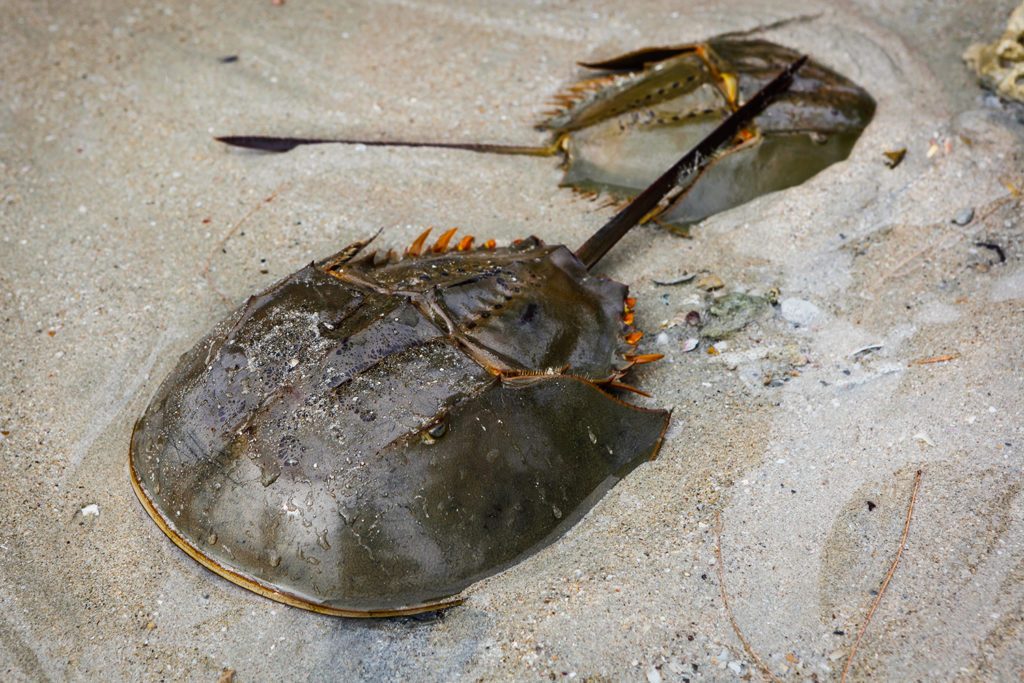
Health & Welfare
Can farming horseshoe crabs help the COVID-19 cause?
Already housing horseshoe crabs for medical purposes, researchers hope recirculating aquaculture systems will aid their coronavirus-fighting efforts.
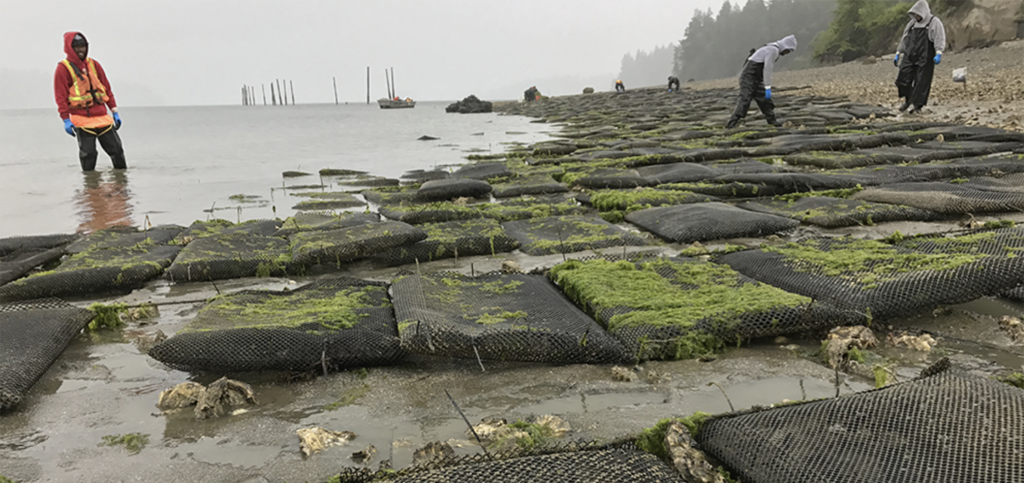
Intelligence
COVID-19 has the West Coast shellfish sector on hold
The impacts of the coronavirus (COVID-19) pandemic on the industry are vast. In the Pacific Northwest, some producers are faring better than others.
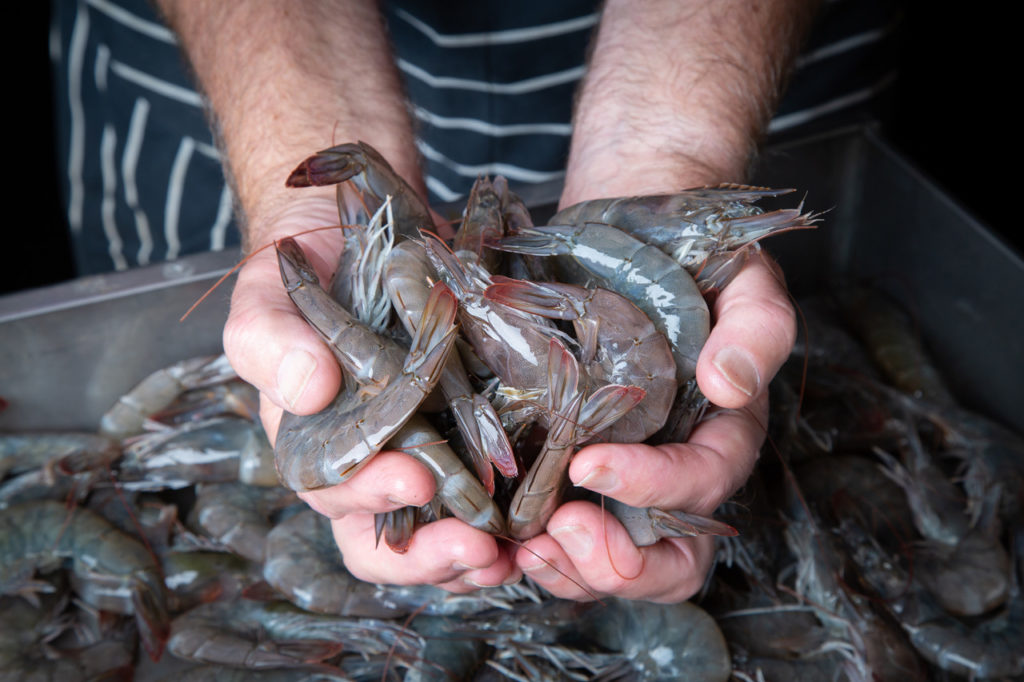
Innovation & Investment
Ascending U.K. prawn farms now riding out the coronavirus storm
U.K. prawn farms FloGro Fresh and Great British Prawns believe demand for trusthworthy, local food will carry them past the COVID-19 market disruption.
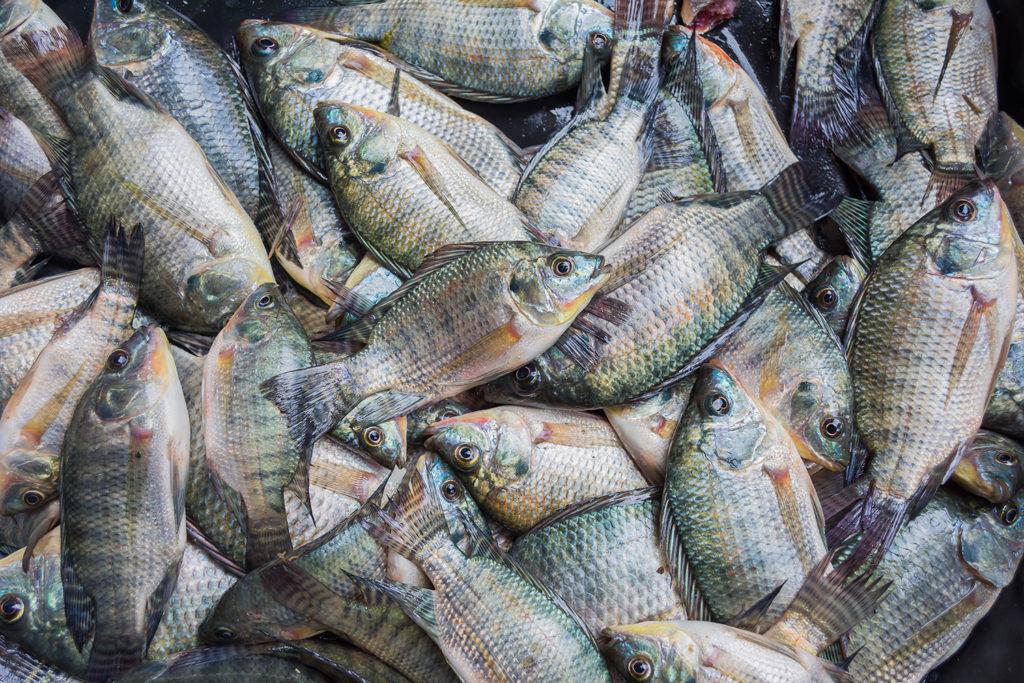
Responsibility
Can nutrition-sensitive aquaculture futureproof fish farming?
Research finds that nutrition-sensitive aquaculture can benefit public health through diverse, nutrient-rich seafood, and enabling equitable access to it.

